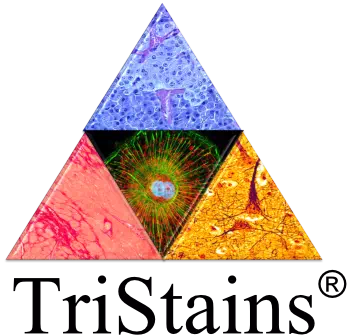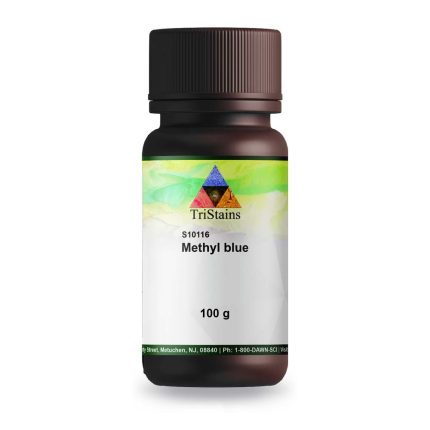Buy Leishman Stain (12627-53-1) MF: – | MW: 774.96. Get High Quality Leishman Stain (12627-53-1) from Tristains.
Leishman Stain appears as a dark green to extremely dark green powder. It is also referred to as Eosin-polychrome methylene blue. Leishman Stain is a type of Romanowsky dye, similar to Wright Stain, and is frequently utilized in the fields of hematology and microbiology. This stain is made up of methylene blue and eosin, which are dissolved in methanol. The stain is named after William Boog Leishman, who developed it for the purpose of detecting and studying blood parasites. Leishman Stain is particularly effective for staining blood smears, allowing for a clear differentiation of cellular components.
“TriStains”, Histological Stains/Biological Stains that offer range of stains used in Histology, Cytology, Microbiology and Hematology laboratories. TriStains meet the highest quality standards and give excellent color performance of desired components of cells and tissue in life science laboratories. TriStains series products are carefully tested to ensure accurate, reliable, and reproducible results. Our products are available in different packaging sizes to allow you to get all types of stains & Indicators for your specific purposes from a single source.
In-addition Tristains also deals in numerous Laboratory Supplies, Chemicals, Equipment, Instruments, Reagents, Standard Solutions, Buffers, Histological Stains/Biological Stains & Indicators and many more, for more information please visit our website www.tristains.com or email to sales@tristains.com we will be happy to help you. All Tristains Products are exclusively distributed by Dawn Scientific Inc (https://dawnscientific.com)
Application :
- Leishman′s stain has been used for staining blood smears to differentiate blood corpuscles, malarial parasites, trypanosomers, etc.
- It may be used as an alternative to Giemsa. Leishman’s stain has been used for the identification of macrophage nuclei in cells.
- It is also used for staining cytological preparations, including aspirates and other body fluids, to examine cellular morphology.
Benefits :
- Provides excellent differentiation of cellular components
- Highly effective and stable
- Versatile and easy to use
















Reviews
There are no reviews yet.